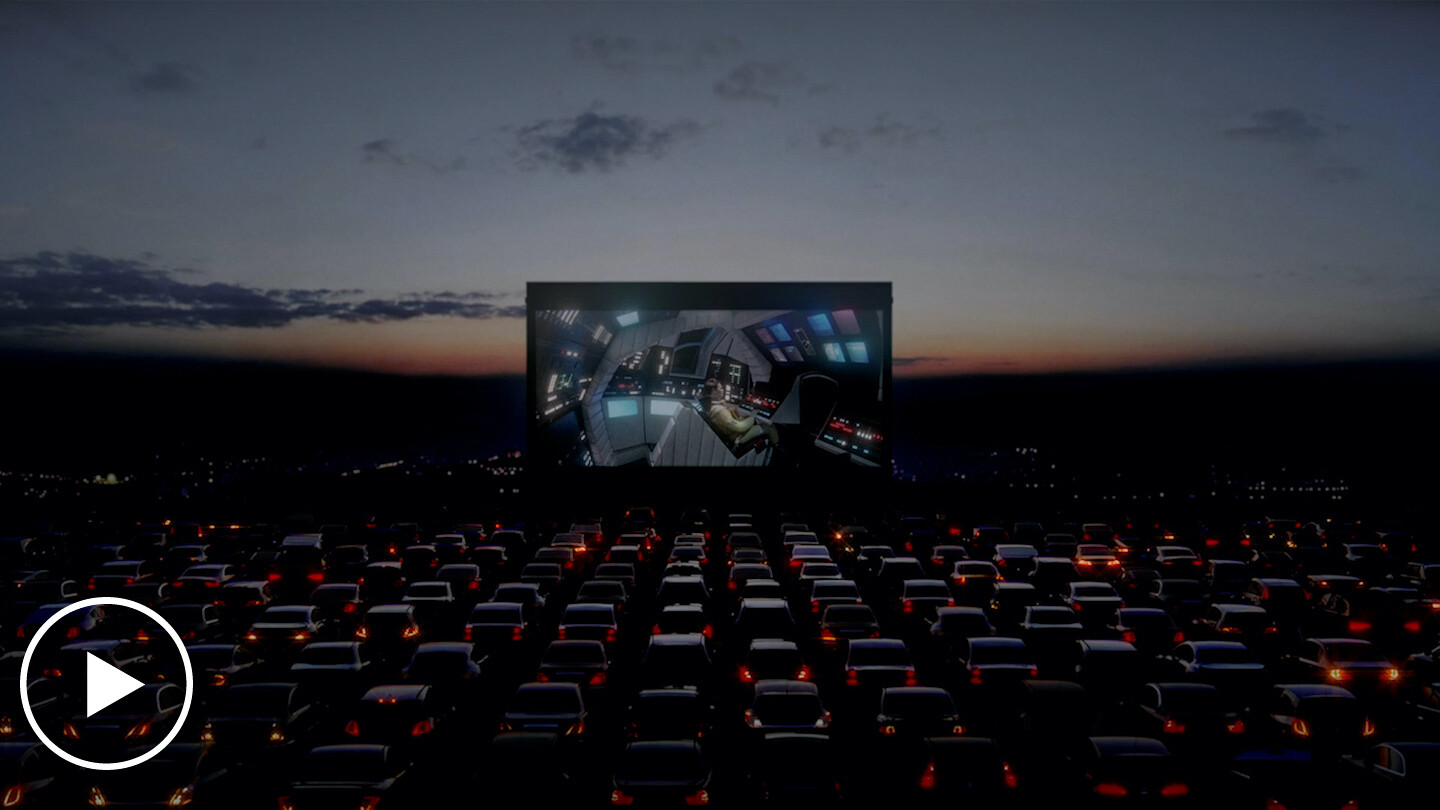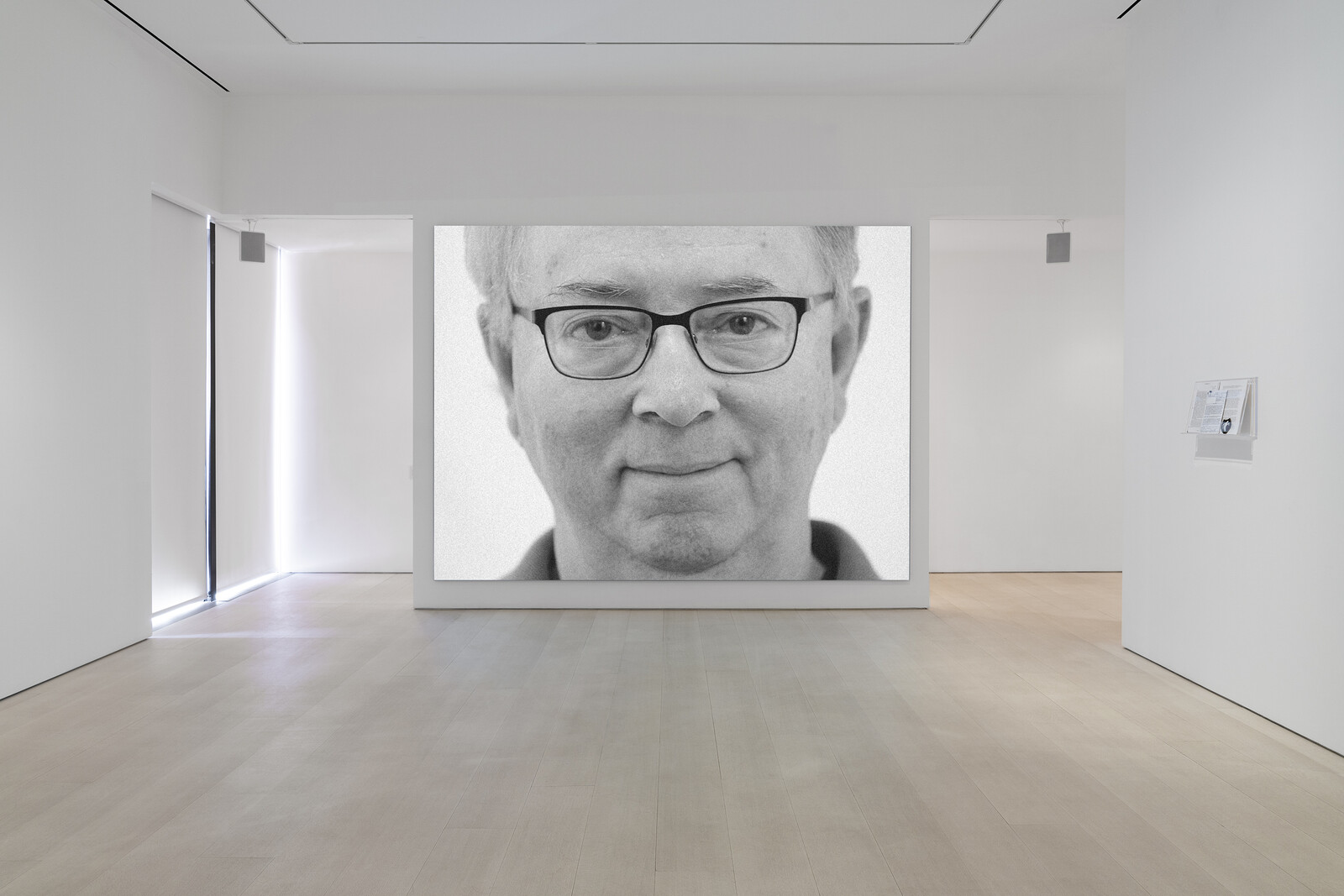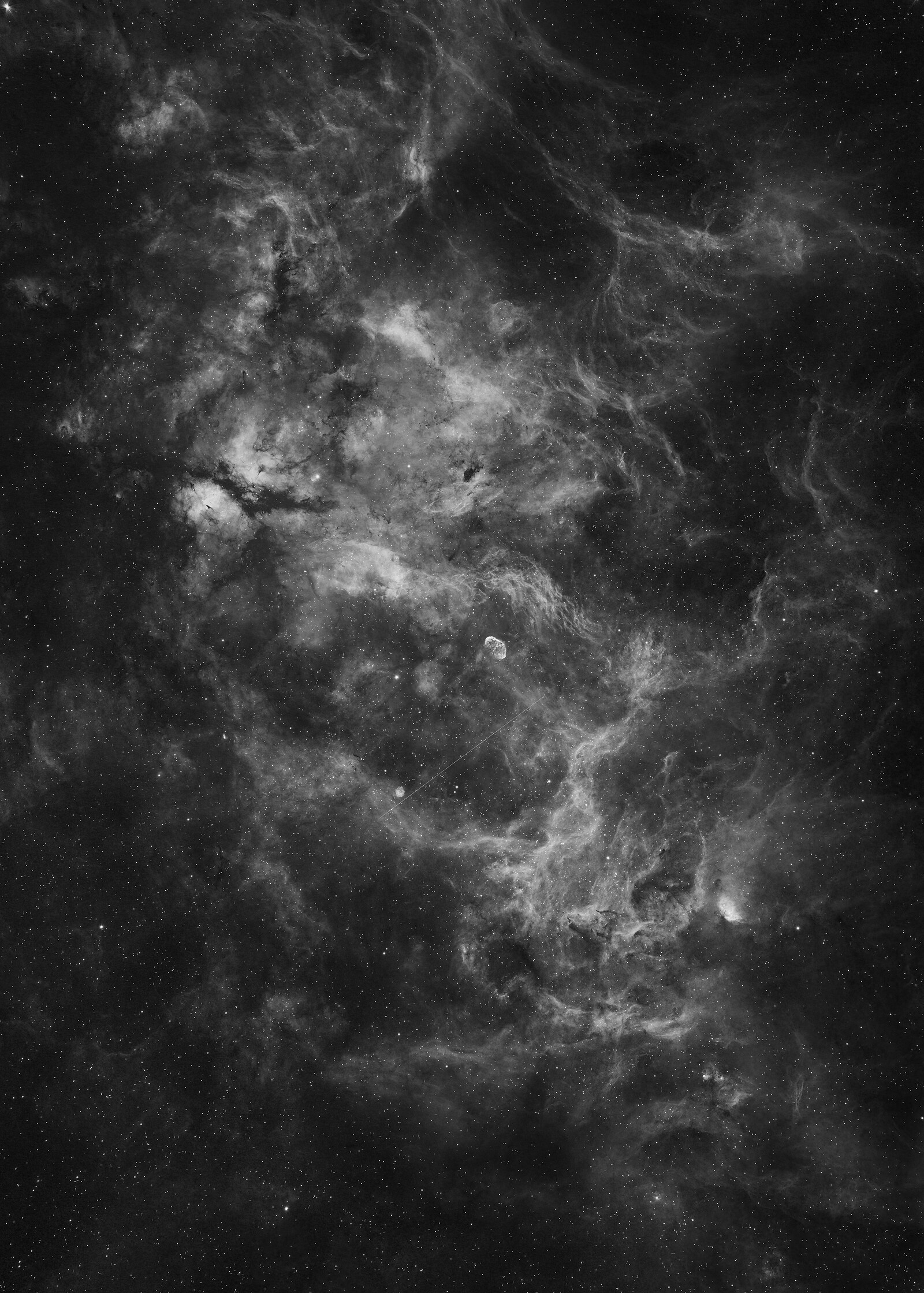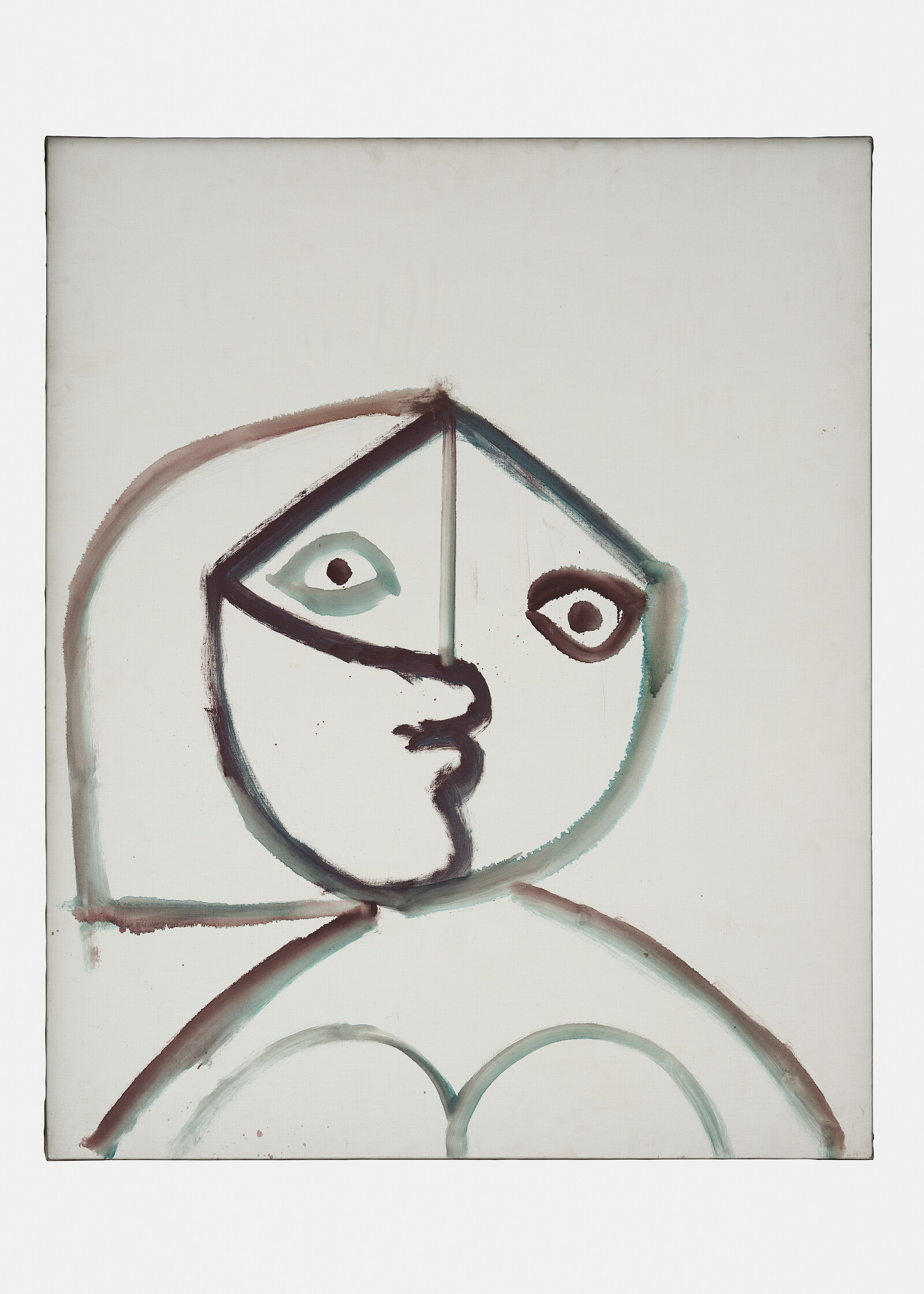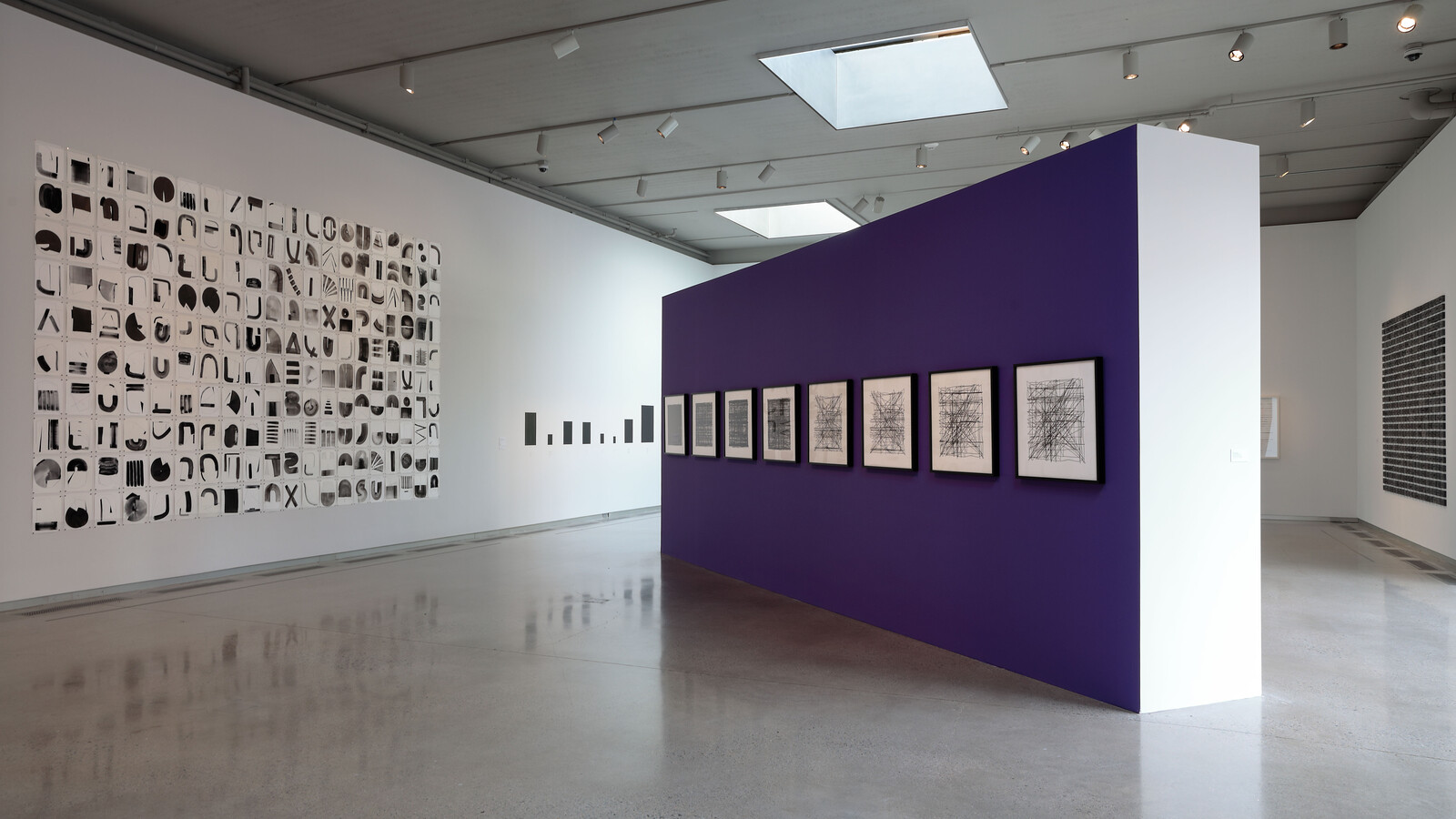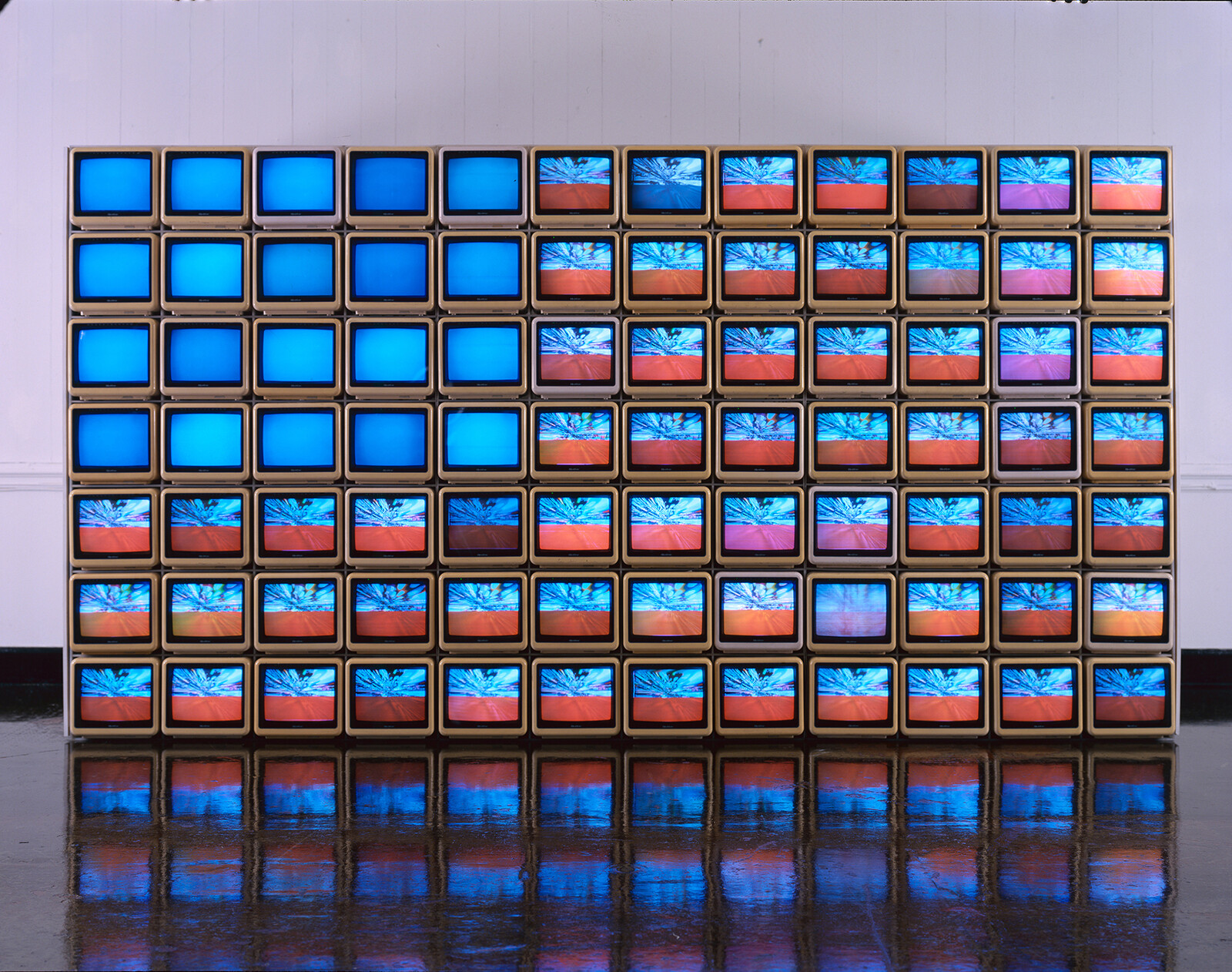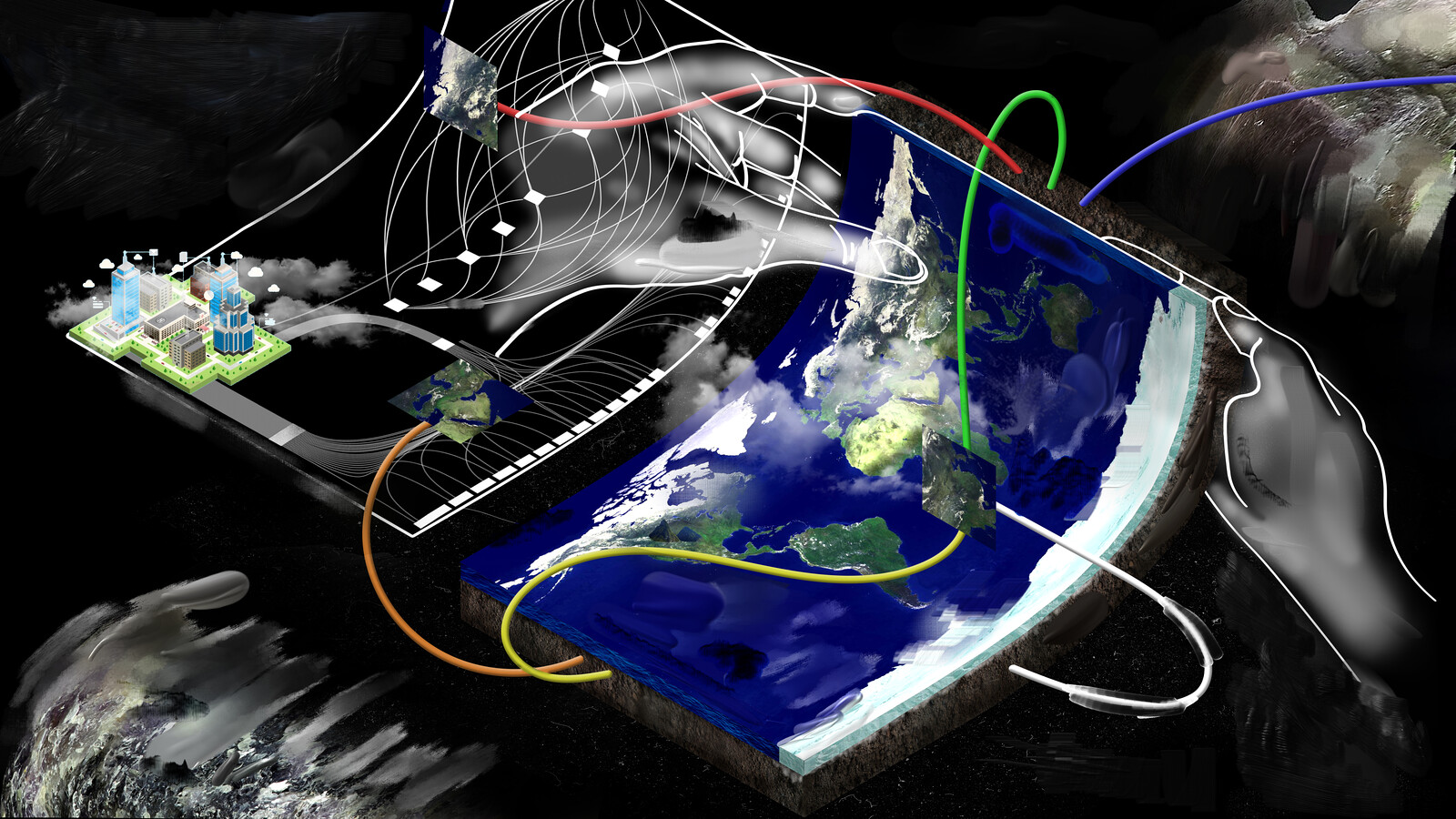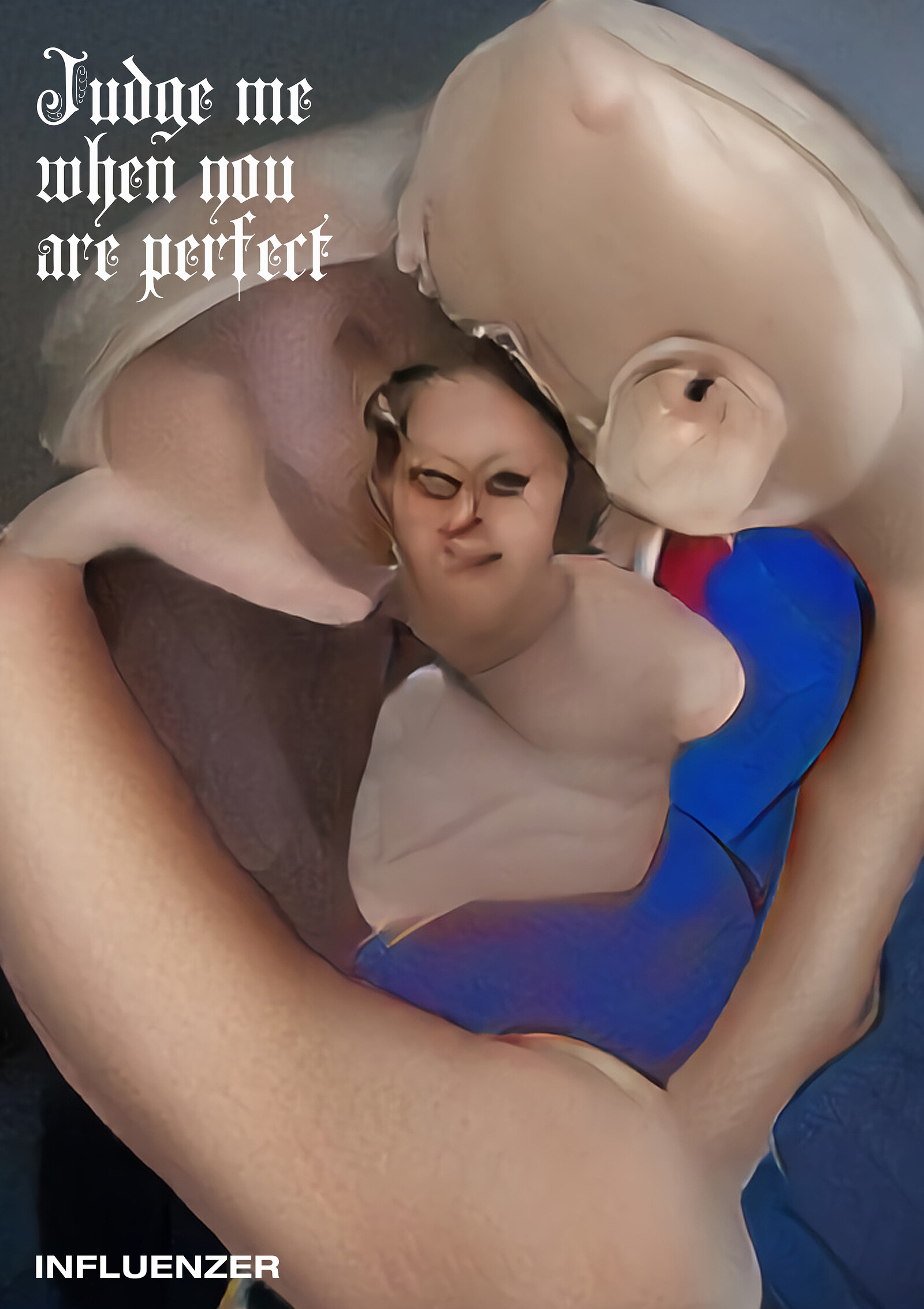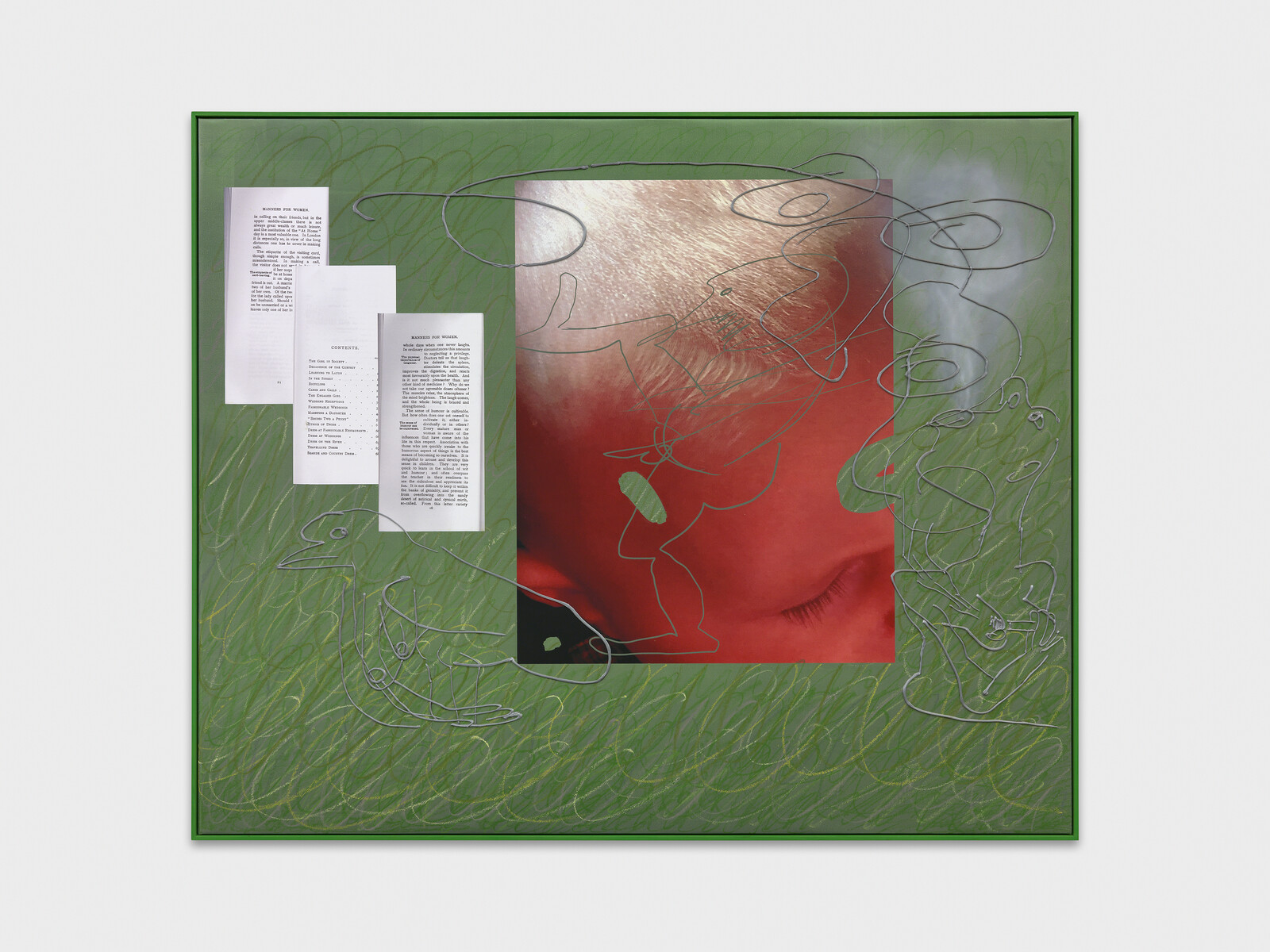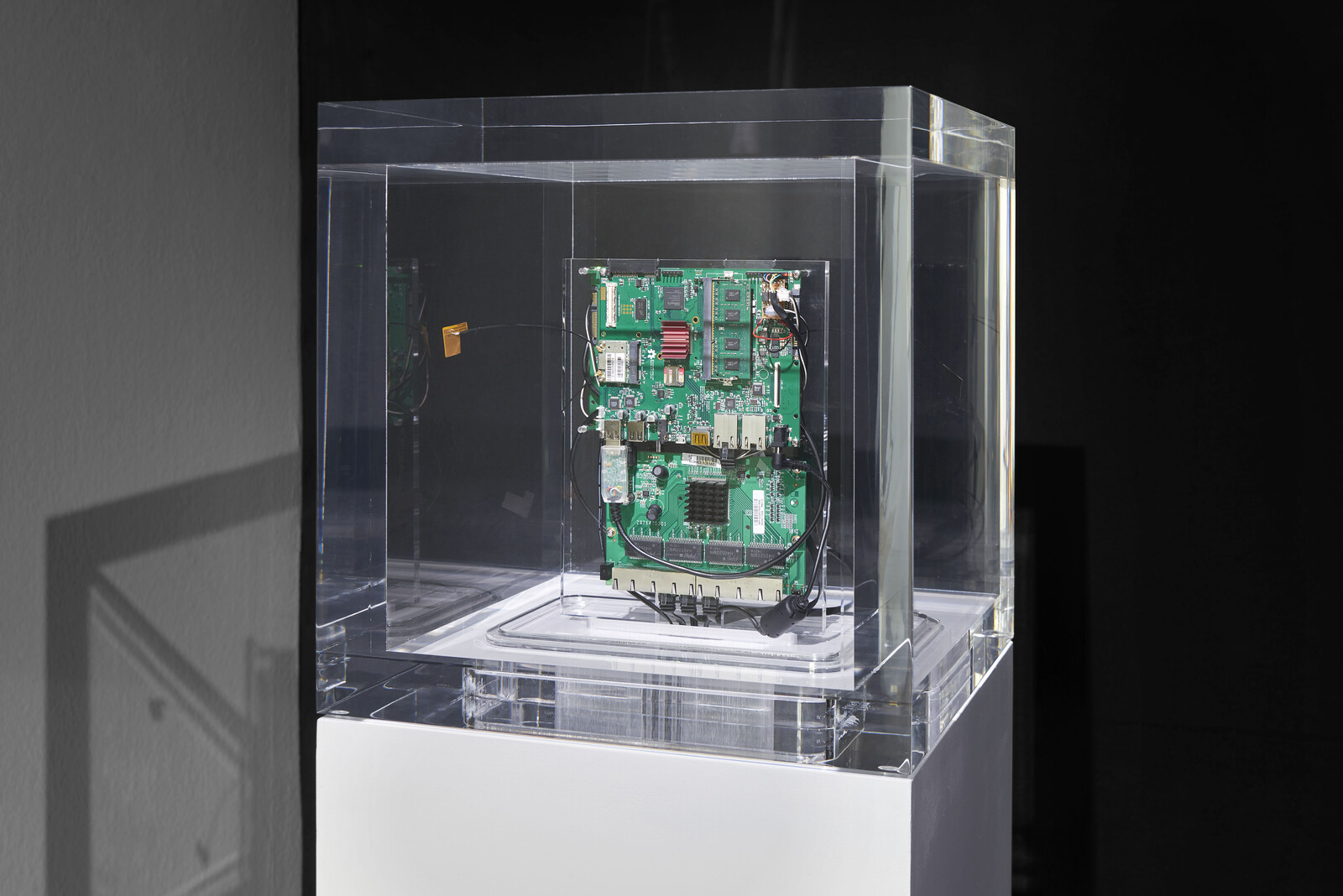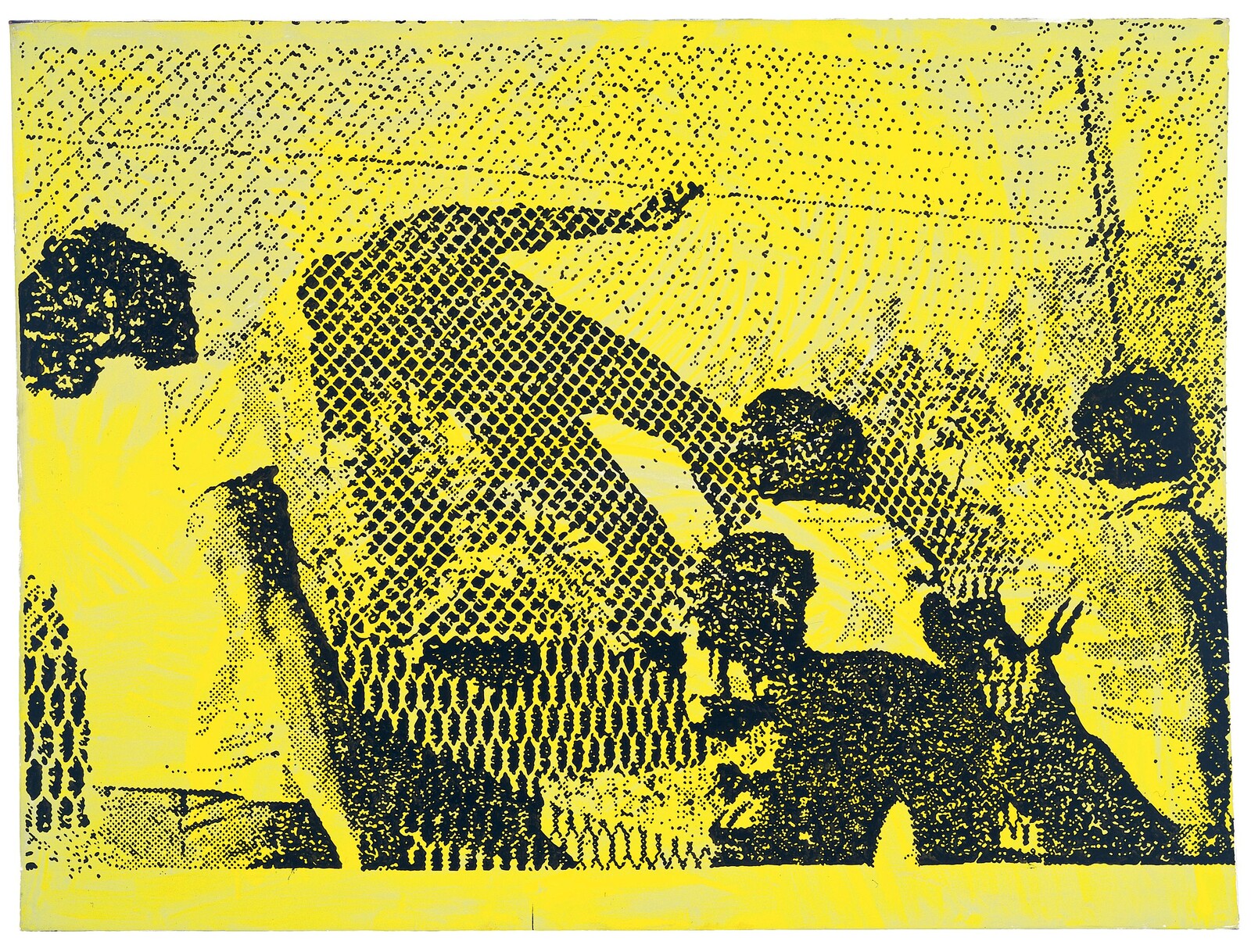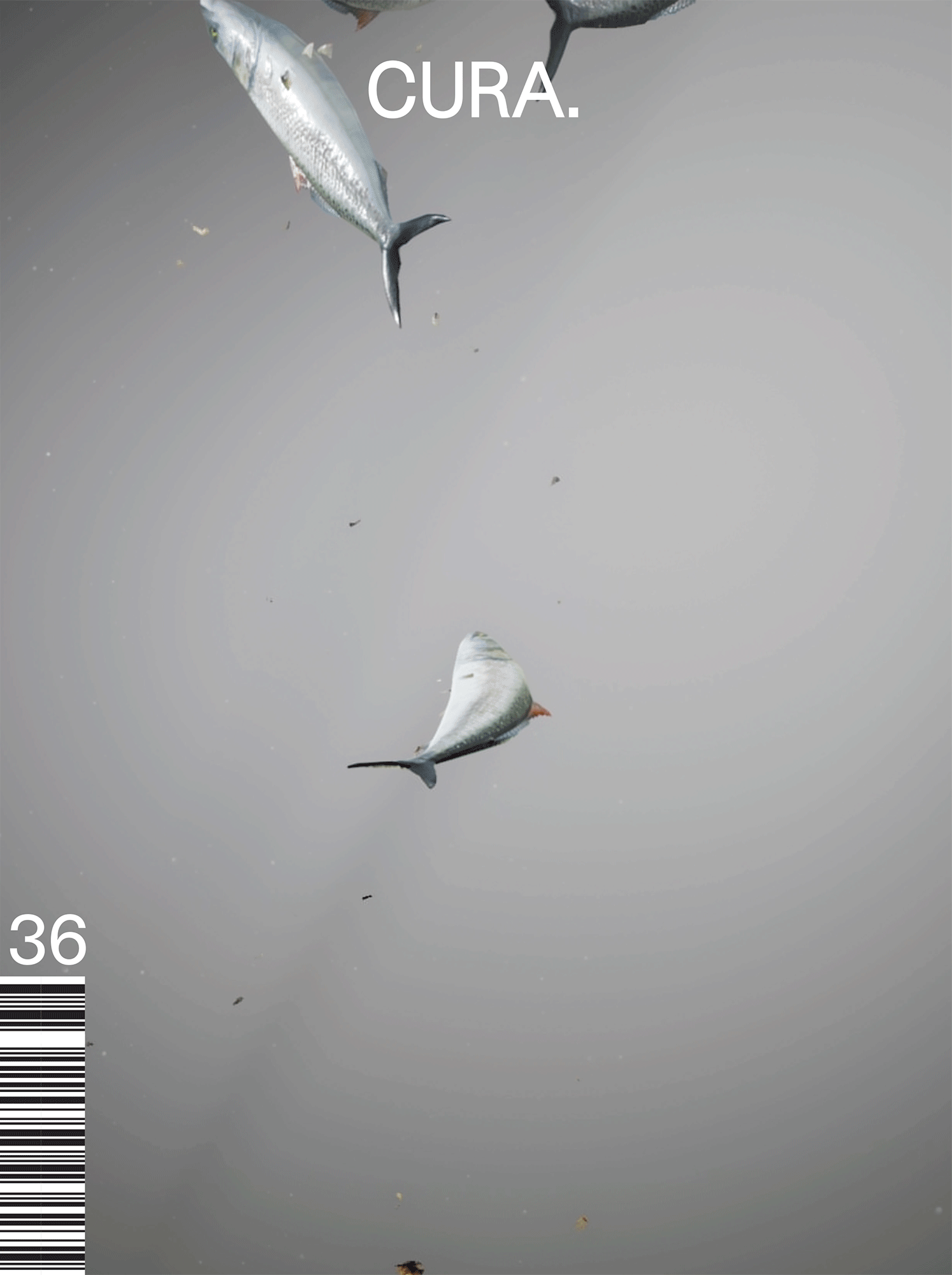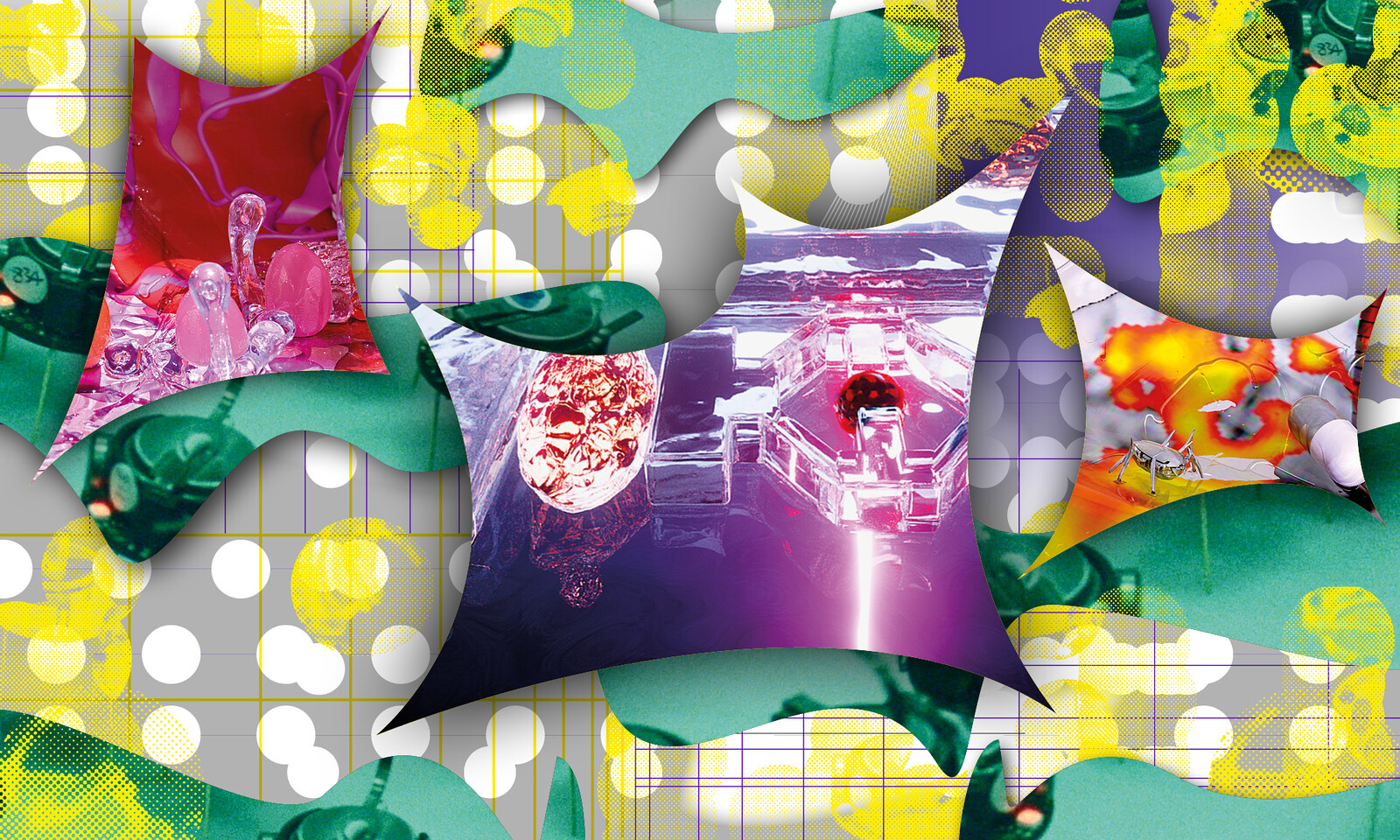Trevor Paglen Read Bio Collapse
Trevor Paglen is an artist whose work spans image-making, sculpture, investigative journalism, writing, engineering, and numerous other disciplines. Paglen’s work has had one-person exhibitions at the Smithsonian Museum of American Art, Washington D.C.; Carnegie Museum of Art, Pittsburgh; Fondazione Prada, Milan; the Barbican Centre, London; Vienna Secession, Vienna; and Protocinema Istanbul; and participated in group exhibitions at the Metropolitan Museum of Art, the San Francisco Museum of Modern Art, the Tate Modern, and numerous other venues.
Our mind makes predictions about what it thinks we will see, and shows us hallucinated projections of the near future. When a baseball batter sees a ball traveling towards them, they’re not seeing the actual ball, but a hallucinated projection of where the mind thinks the ball will travel. The batter swings at the hallucination. If all goes well, the hallucinated ball is temporally synched to where the actual ball should be. When we zoom out from the mechanics of motor function and temporal synchronization, the story of visual perception becomes even more unstable.
Trevor Paglen, “You’ve Just Been F*cked by PSYOPS: UFOs, Magic, Mind Control, Electronic Warfare, and the Future of Media”
We can think of magic as a type of media. One that operates in the world of preconscious perception, playing with associations, expectations, symbols, and other forms of media to alter perception, to influence behavior, to affect the physical world, and to produce any number of other effects. To study magic is to study the quirks, foibles, and everyday hallucinations that characterize human perception, and to use those gaps between reality-as-it-is and reality-as-it-is-perceived as a vehicle for making supernatural-seeming interventions into perceived reality.
If the postwar media landscape was characterized by spectacle, and the late twentieth and early twenty-first century by an age of surveillance, then we are entering a new phase. One marked by affective computing, machine learning–enabled optimization, neuroscience, and cognitive psychology. A mediascape that has little use for distinctions between real and fake, signifier and signified. That assumes no distinction between perception and reality even as it attempts to intervene as directly as possible into the brains and emotional makeups of its experiencers.






